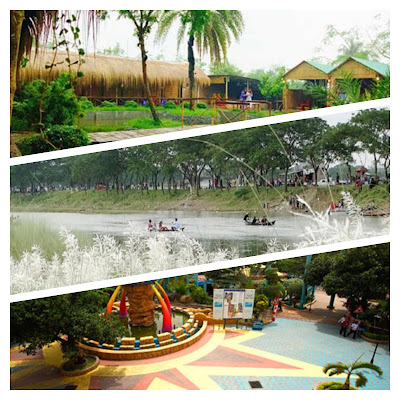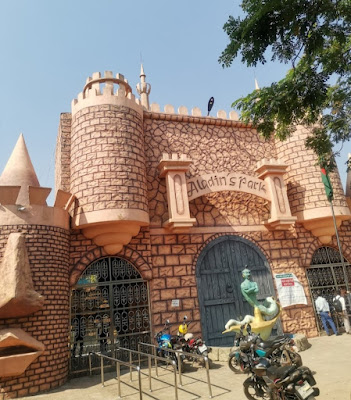Varendra- Research- Museum- Rajshahi.
Varendra Research Museum BD Rajshahi
Varendra Research Museum, one of the best archaeological museums in South Asia, is located in Hatem Khan Mohalla, the heart of Rajshahi city. This collection rich in the wonderful collection of Bengali art is the pride and pride of Rajshahi and Bangladesh. Barendra Research Museum was established in 1910 to preserve the history, culture and heritage of Barendra region by the royals, contemporary scholars, connoisseurs and scholars. Varendra Research Museum was registered in 1914 under the Indian Association Act of 1860.
This museum is still standing proudly with all rare artifacts. It has been bearing witness to ancient traditions for ages.
Varendra Research Museum is an ancient collection located in front of Hetamkhan Sadar Hospital, the heart of Rajshahi metropolis. Archeological Museum This museum preserves artifacts of ancient civilizations of thousands of years including Pala, Sen, Maurya and Gupta periods of northern Barendra region.
India has had multiple genres of art since ancient times. Prominent among these are the Gandhara, Sarnath, Mathura, Magadha and Varendra Gharanas. Barendra Research Museum represents the Barendra Gharana. Barendra Research Museum has its own art including hundreds of statues, Bhaturia inscriptions of Rajyapala, Rajvita inscriptions of Mohipala I, Deopara Prasthi and Lakshman Sen's Bagbari Prasthi. Barendra Research Museum has a rich collection of figurines. There is also a library with about fifteen thousand rare books and magazines. Related books are available in the museum library for proper knowledge of the artifacts kept in the museum. Muslim tradition and contemporary Bengali rooms have been added to the museum. A modern conservatory has also been constructed for the maintenance of biological and inorganic artifacts preserved in the museum.
Every day a large number of visitors come to Varendra Research Museum to see the historical artifacts.
Apart from university researchers, students from home and abroad come to visit.
Rajshahi Barendra Museum is managed under University. Along with the university, Barendra Museum has also been closed for public. Varendra Museum is currently open from 9 am to 1 pm. Maintenance and cleaning work goes on even when there are no visitors.
Searching and collecting 32 rare archeological artifacts including the famous black stone Ganga statue from different places of Rajshahi district. He divided into three categories old architectural monuments, old sculpture monuments and old knowledge religion civilization monuments (such as figurines).
Currently there are 11 thousand 331 manuscripts. There are 14 galleries. About 3000 rare artefacts have been lost from the museum at different times since its establishment. A team of three members led by the former director of the museum, Professor Sultan Ahmed, prepared the inventory. It publishes information on the collected and lost artifacts in 100 years from 1910 to 2010.
About 3000 rare objects including 185 antiquities have been lost since its establishment. There is no trace of 185 of the museum's registered artifacts. The lost artefacts include - two bronze, two copper, two linen, one brush, two silver, one crystal, 47 different types of stone, 101 terracotta, 13 papers and two animal skins. Besides, 33 out of 5 thousand 971 registered coins and 85 out of 13 thousand 933 books are not available. Out of 13 thousand 576 publications (books, booklets, treatises, journals etc.) 3 thousand 52 are not available.
However, the collection of the museum so far is more than eight and a half thousand. Among them, about 1500 stone and metal statues, 61 paintings, more than 2000 ancient coins, more than 900 terracotta sculpture-plates, about 60 weapons, about 30 Arabic-Persian documents, various types of silver from the Mughal period to the British period. -There are about 400 bronze-alloy coins here. Besides, there are more than four and a half thousand manuscripts. These collections are open to visitors in a total of 14 galleries.
Shield-swords, metalware, Mohenjo-daro and Mahasthan various signs of ancient times. Idols made of wood, stone and other materials are displayed from Emperor Ashoka to the British period. Idols of Surya, Vishnu, Shiva, Kartika and other deities, Idols of Parvati, Saraswati, Manasa Durga and other goddesses. Buddha gallery number three displays all Buddha deities and Jain idols, Bodhisattvas, Rishavnath, Parshvanatha etc.
In addition, there are ancient Arabic, Persian, Sanskrit, Bengali manuscripts and inscriptions of Pala period, Sultanate period, Mughal period, two cannons and Mehrab of Shershah are displayed there. Islamic gallery number 4 is displaying ancient heritage with hand written Quran Sharif, Mughal period Persian documents, clothing coins etc.
Presently, the five contemporary Bengali galleries are displaying Bengali useful items, antique jewellery, native musical instruments, ceremonial pottery, tribal items. The model of the boat of riverine Bengal surrounded by Kishloy, the sun of arms spread the soft golden sunshine and made the birthland a wonderful beauty. Here comes the picture.









Comments
Post a Comment